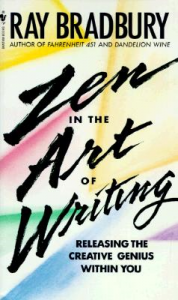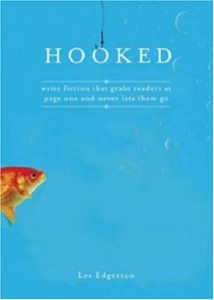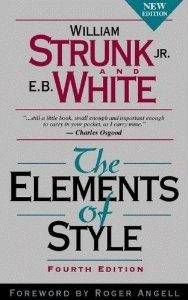What book should you read that will make you a published author? Surely someone has written down all the little secrets in a handy volume, right? I mean, that’s how I learned to do some household plumbing.
In earlier blog posts I’ve stated that the how-to books about writing do have some value. You can read them to learn or re-learn a few tidbits, but do not expect that reading a book will make you a great writer. I’ve stated that I put more stock in critique groups.
Even so, I have read a few books intended to help writers. The following list of books I’ve read is in no particular order. I recommend them all, but read them for the occasional “golden nugget,” not because they will make you famous.
- On Writing by Stephen King
- How I Write: Secrets of a Bestselling Author by Janet Evanovich
- Writing the Novel by Lawrence Block
- The 38 Most Common Fiction Writing Mistakes (and How to Avoid Them) by Jack M. Bickham
- Your Mythic Journey: Finding Meaning in Your Life Through Writing and Storytelling by Sam Keen and Anne Valley-Fox
- Manuscript Submission by Scott Edelstein
- The No-Experience Necessary Writer’s Course by Scott Edelstein
- Story Starters by Lou Willett Stanek
- The Elements of Storytelling: How to Write Compelling Fiction by Peter Rubie
- Creative Writing: Forms and Techniques by Lavonne Mueller and Jerry D. Reynolds
- The Craft of Writing Science Fiction That Sells by Ben Bova
- Cosmic Critiques: How and Why Ten Science Fiction Stories Work by Isaac Asimov and Martin Greenberg
 I will single out three more for special mention. Zen in the Art of Writing: Releasing the Creative Genius Within You by Ray Bradbury is one I read many years ago, but the essence of it still rings in my mind. Bradbury conveys the passion for writing, how it grabs you and carries you along on a crazy ride. You can enjoy your writing pastime, but you can’t control it. A good book.
I will single out three more for special mention. Zen in the Art of Writing: Releasing the Creative Genius Within You by Ray Bradbury is one I read many years ago, but the essence of it still rings in my mind. Bradbury conveys the passion for writing, how it grabs you and carries you along on a crazy ride. You can enjoy your writing pastime, but you can’t control it. A good book.
 Consider reading Hooked: Grab Readers at Page One by Les Edgerton. That book will help you begin your stories the right way. Edgerton’s book is new, with fresh insights about what works in modern stories and what the editors of today are looking for.
Consider reading Hooked: Grab Readers at Page One by Les Edgerton. That book will help you begin your stories the right way. Edgerton’s book is new, with fresh insights about what works in modern stories and what the editors of today are looking for.
 Lastly, and best of all, you must, must, must have The Elements of Style by William Strunk, Jr. and E.B. White. That’s the formal book title, but everyone knows it as “Strunk and White.” First published in 1918, this very short book will remind you to keep your writing succinct and to always make things easy for your reader. You’ll want to re-read this one every few years.
Lastly, and best of all, you must, must, must have The Elements of Style by William Strunk, Jr. and E.B. White. That’s the formal book title, but everyone knows it as “Strunk and White.” First published in 1918, this very short book will remind you to keep your writing succinct and to always make things easy for your reader. You’ll want to re-read this one every few years.
If you’ve read a book on writing that you recommend, let me know. For all I know, maybe someone has written a book with no-fail, sure-fire advice for making its readers into great writers. Such a book, if it exists, has not yet been read by–
Poseidon’s Scribe
